In Oklahoma, shifts in weather patterns can be swift and dramatic. After four and a half years of drought, May 2015 ended as the wettest on record. We received so much rain that farmers and ranchers in some areas found themselves jumping from managing drought to bracing for floods.
Lake Lugert-Altus in the southwest went from 10% to full. A full conservation pool means the Lugert-Altus Irrigation District can deliver water to farmers for the first time since 2010. Farmers have gone without water from the irrigation district for four years in a row. And in 2010, they only received a partial allocation, not enough to irrigate crops through the entire growing season.
source: US Army Corps of Engineers
The Oklahoma Lake Levels Map from the Oklahoma Water Resource Board for June 15, 2015 had only three lakes below full normal pool storage, Canton Lake, Foss Lake, and Skiatook Lake.
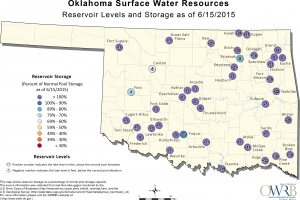
source: Oklahoma Water Resource Board
As we entered June, the U.S. Drought Monitor had only two small areas designated “Abnormally Dry” in Oklahoma. There were no areas in Oklahoma with any drought designation, D1 thru D4.
source: US Drought Monitor
Such a dramatic, unexpected, unprecedented change in moisture status across our state! The challenge farmers and ranchers face is to dramatically switch from managing under and for extreme drought conditions to having plenty of moisture and for some too much. So what are some of the implications of all this moisture?
Plant diseases are going to be a bigger pest concern this summer and fall. Drought really puts a damper on disease. Diseases just haven’t had much impact in recent years. They will in 2015.
For Peanut Leaf Spot disease, fungicide control is recommended after 36 Leaf Spot Hours have accumulated since the end of the fungicide control window. Here are the Leaf Spot Hours across the state from June 4 to June 18, 2015.
Plant foliage is lush and susceptible to damage from wind and heat. High moisture and mild temperatures have stimulated a lot of new plant growth, but the waxy layer covering plant leaves is thinner for June than it has been for a number of years. When hot, windy weather returns, the leaves are set up to loose water faster than roots and stems can supply it. We may see more crispy leaves, than we have for a number of years.
For those that can water, lighter, more frequent irrigations may be needed, especially if we jump rapidly into summer heat and wind. In areas of flooding or saturated soils, the bulk of plant roots are shallow, so the soil volume they can pull water from is smaller. Ideally, the time between irrigations would be slowly increased to provide sufficient water, while promoting deeper root growth.
Forage is growing fast. That extra biomass can feed more livestock. The new challenge is not finding enough feed for livestock, but finding enough animals for the forage and good prices for the hay.
Rains have delayed wheat and hay harvest. Those delays will have quality impacts on both grain and hay.
On the plus side, crops are growing and maturing fast. This is the perfect year to have a crop like corn, at least for growing conditions. Corn is a crop that can take advantage of the extra moisture.
Just like one has to be ready when a cow suddenly decides to jump or pitch sideways. Farmers and ranchers have to be ready to rapidly shift to changing weather conditions.
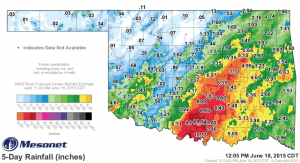
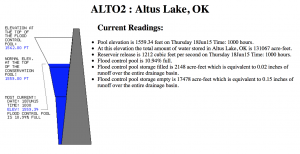
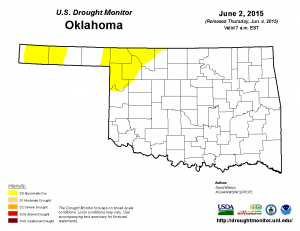
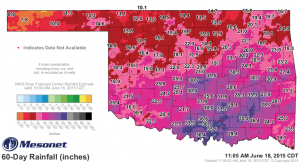
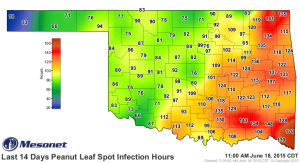
I think it is interesting how technology has enabled us to live further away from water supplies. It used to be that water had to be collected daily. Now we have bulk water delivery services that make living in the desert and other otherwise inhabitable places possible.